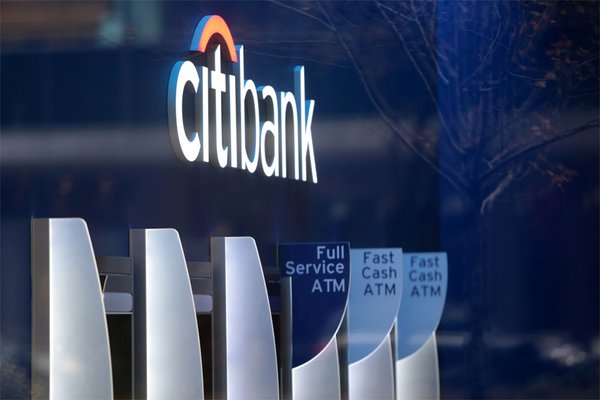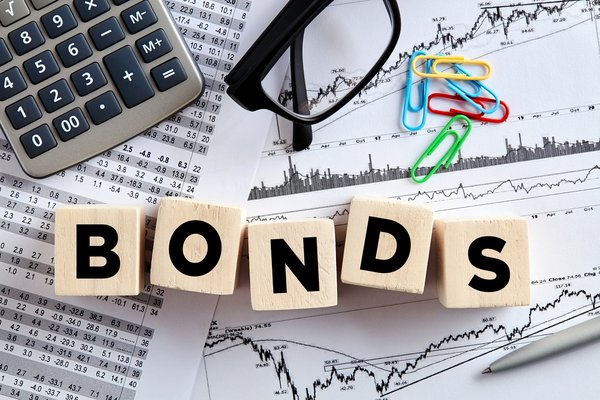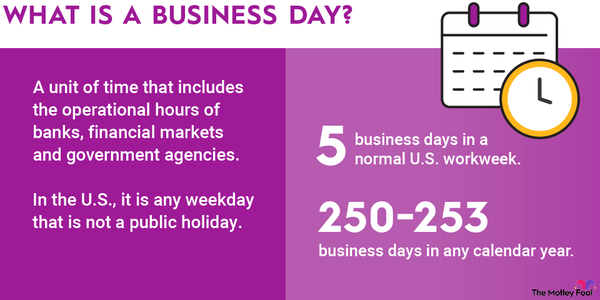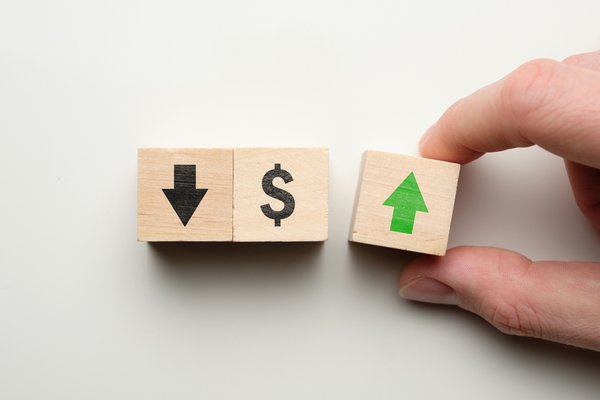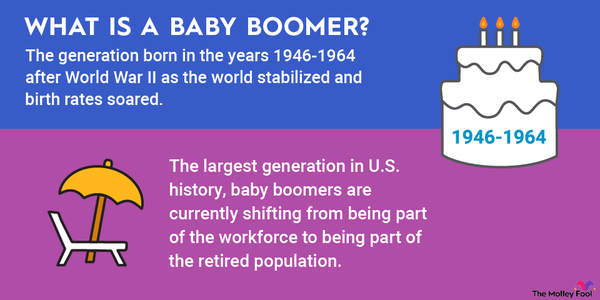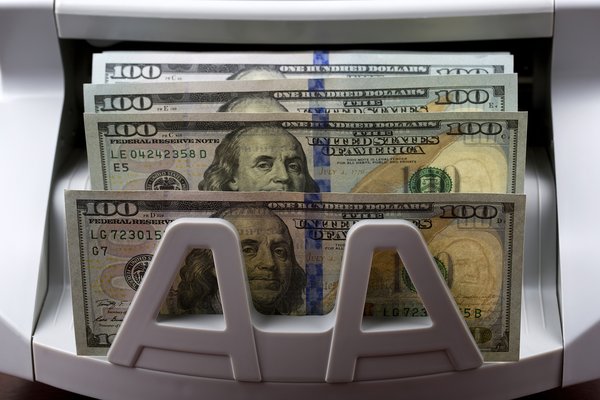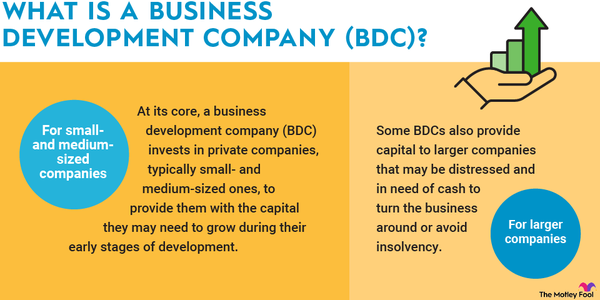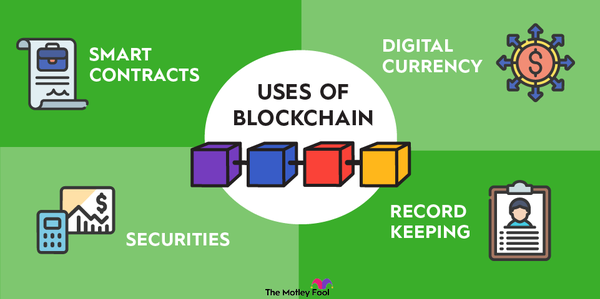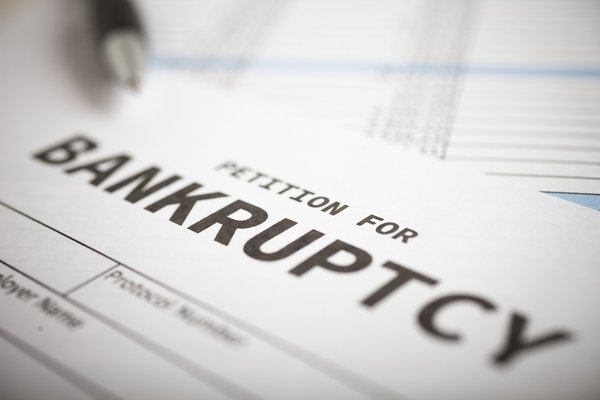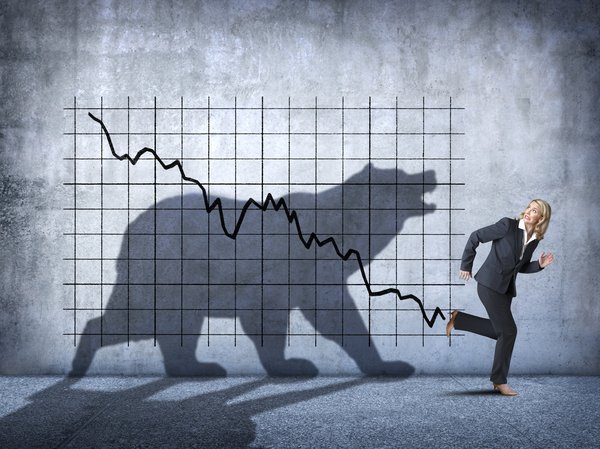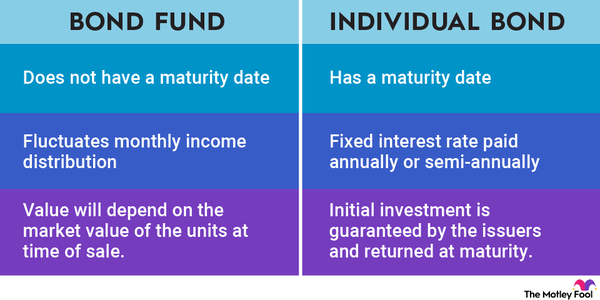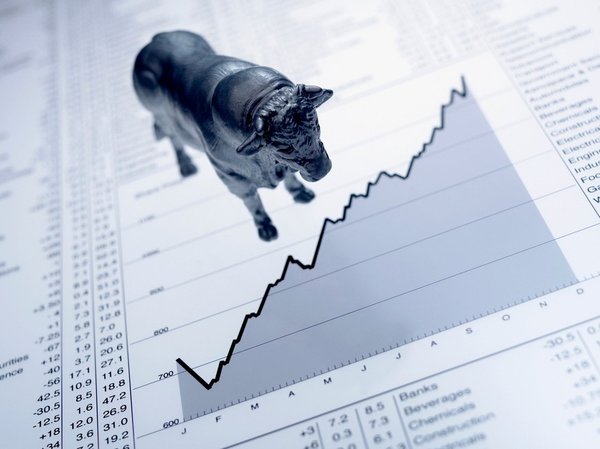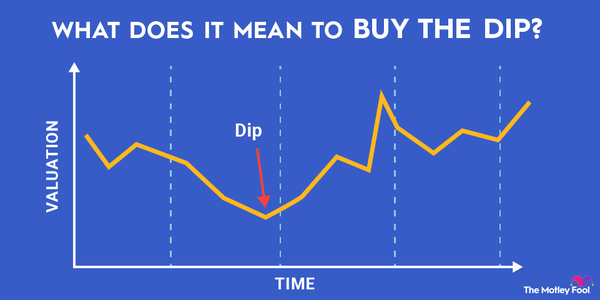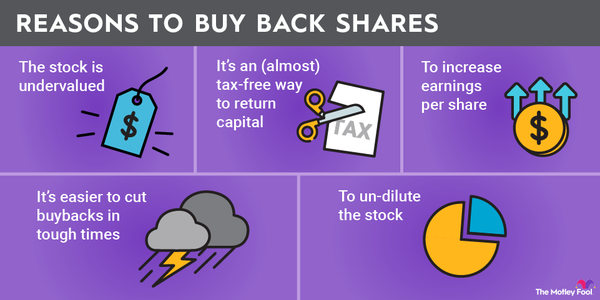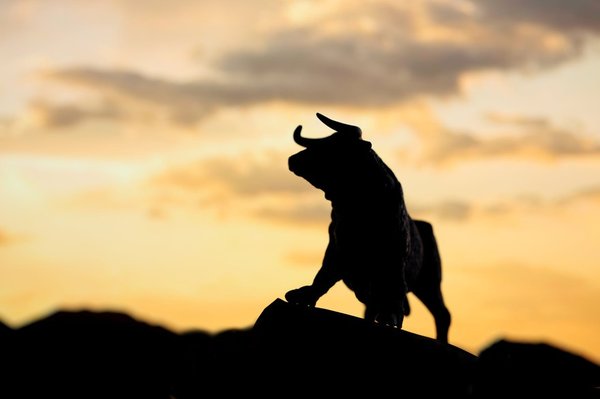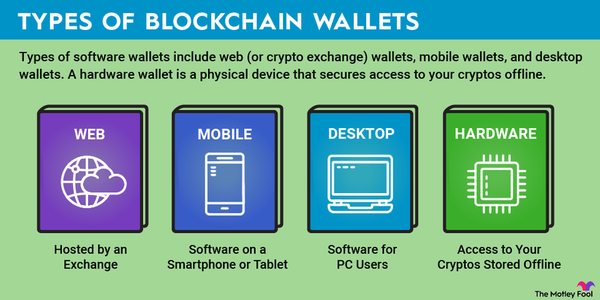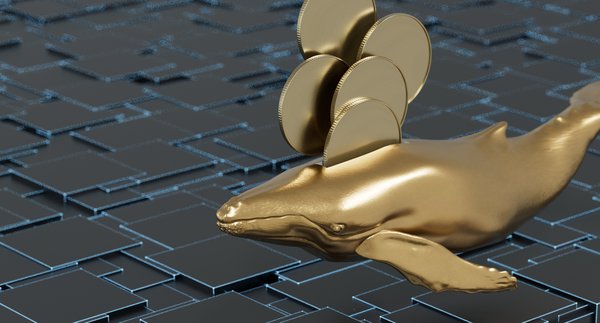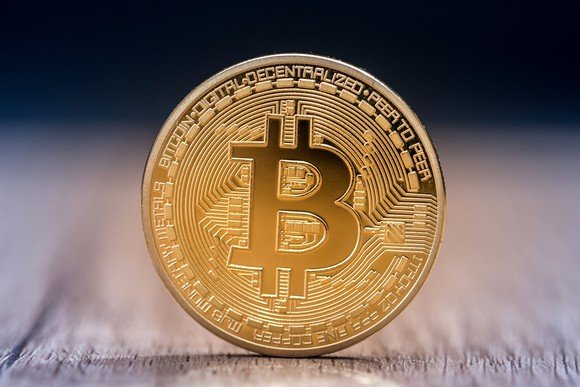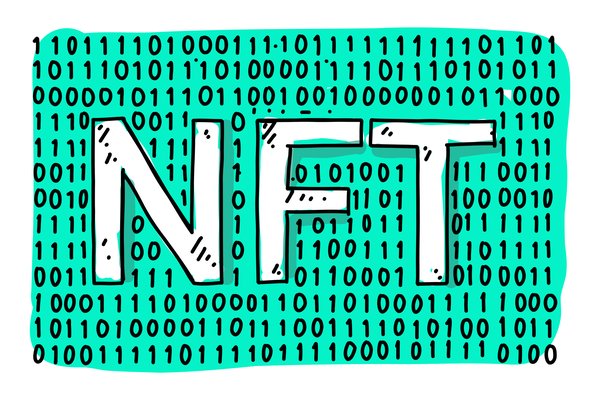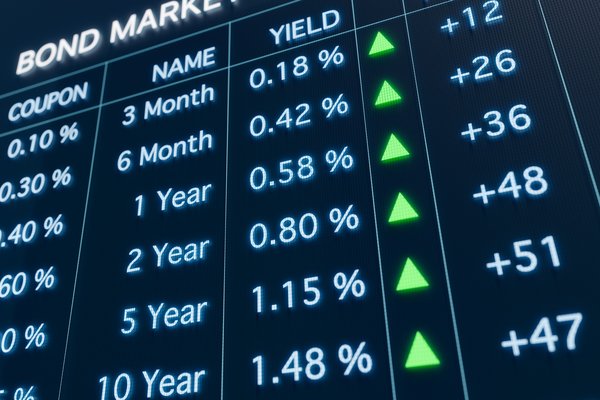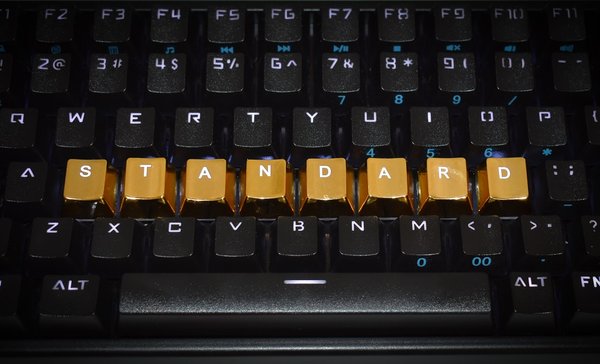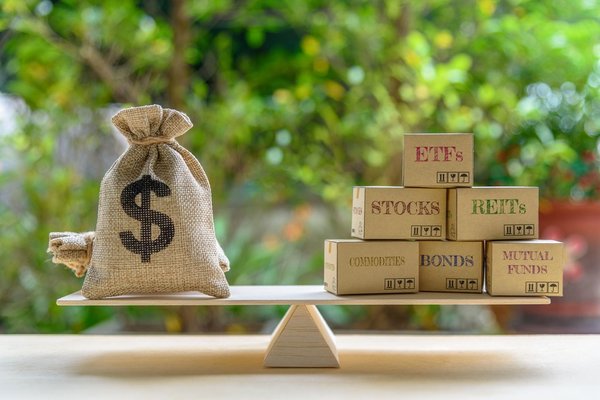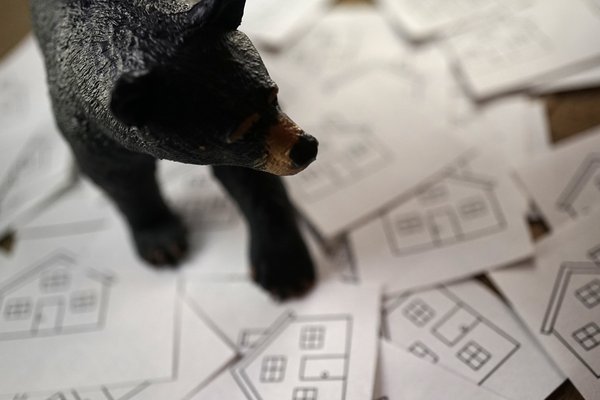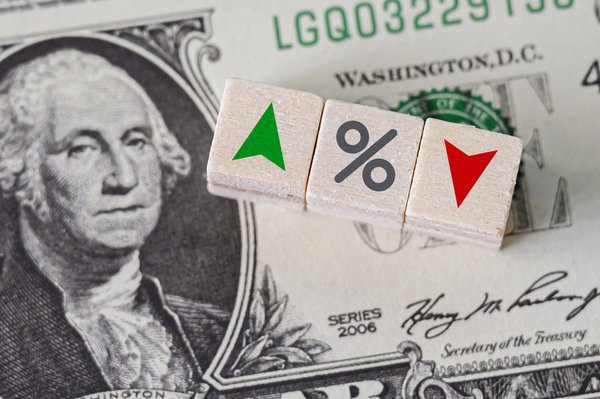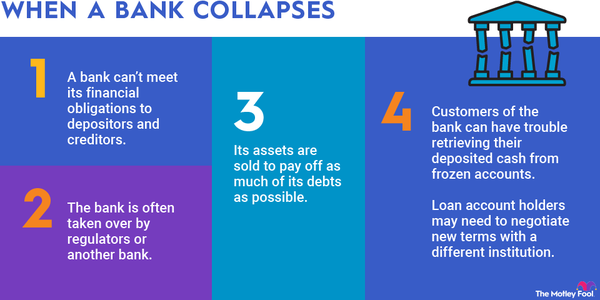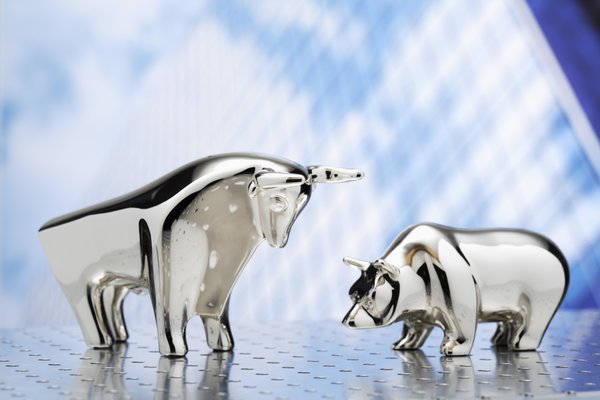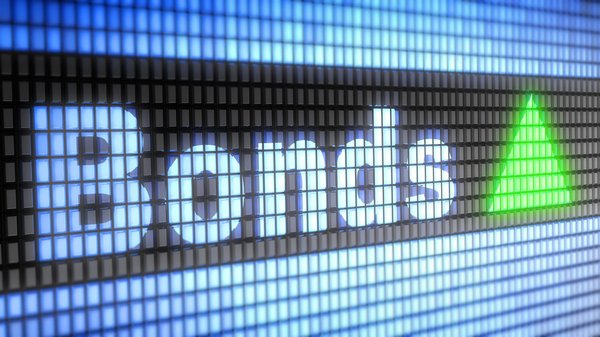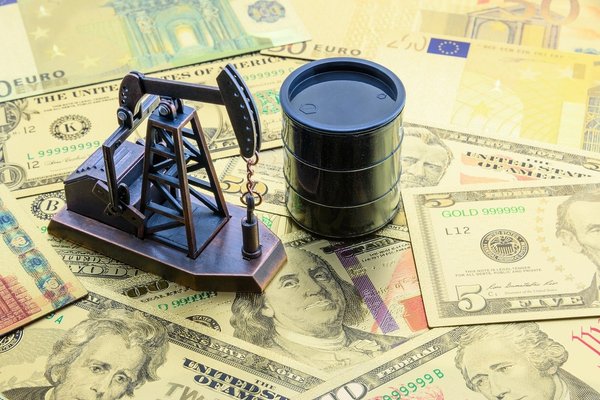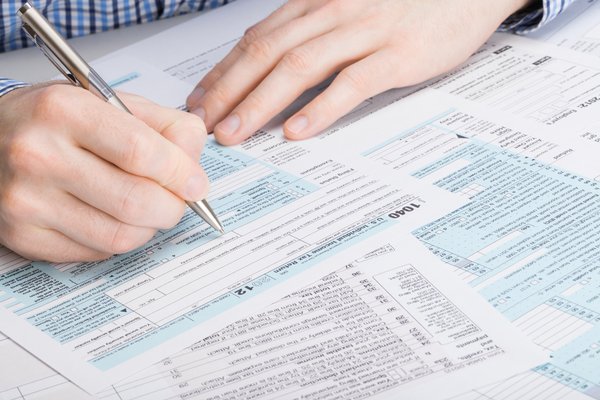A bear put spread is an options trading strategy to capitalize on an expected decline in a stock or index's value. The bearish trade has a high return potential on a relatively modest drop in the underlying asset's value. It caps an investor's loss and profits.
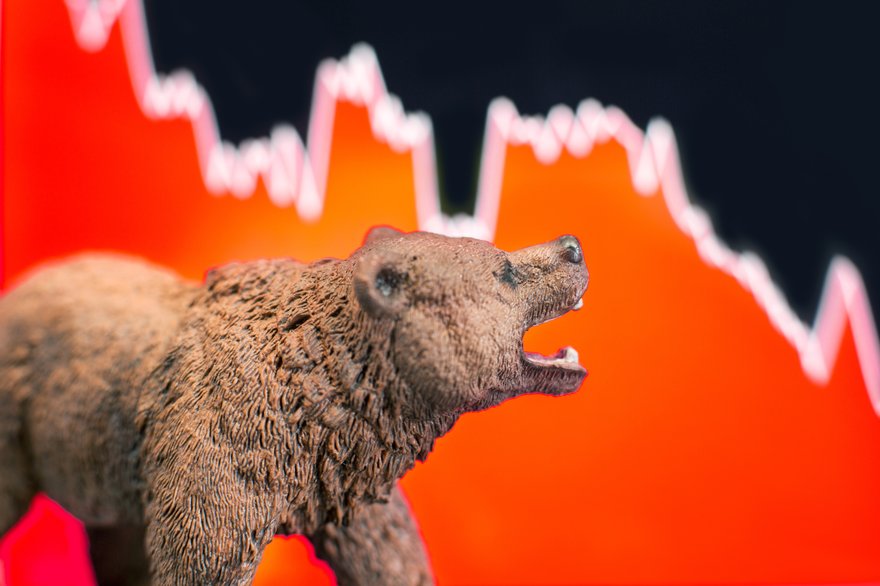
Overview
Understanding a bear put spread
A bear put spread is a two-legged options trading strategy:
- Buying a put: The options trader buys a put option on a stock or index, typically above the current price. They generally buy a put option that expires after a specific catalyst (e.g., an upcoming earnings report or data release) or the longest-dated one available.
- Selling a put: The second leg of this trade involves selling or shorting a put option on the same stock or index. The short put option has a lower strike price than the purchased one, usually below the current market price, and has the same expiration date.
Options traders pay a net debit or net cost to set up a bear put spread, which is a bearish trade. The cost of buying the put gets partially offset by the credit received for selling or shorting a put. The trade makes money if the underlying stock's value declines below the breakeven level (the higher strike price minus the net debit).
Why they're used
Why investors use bear put spreads
Investors will use bear put spreads when they're moderately bearish on an underlying company or index. They believe the value will decline due to an upcoming negative catalyst or continued slow erosion in its business.
Bearish investors have many potential ways to profit from their thesis that an underlying stock or index will decline in value. They could sell the underlying short, buy a put option, or set up a more complex options trading strategy, like a bull put spread. Each path has its benefits and drawbacks.
A bear put spread limits risk to the net debit incurred to set up a trade. While shorting a stock has a theoretically unlimited risk, buying a put limits an investor's risk to the put's purchase price. A bull put spread further reduces risk by partially funding the cost of the trade by shorting another put. For example, it might cost an investor $1,000 to buy a single put option on a stock they believe will decline in value. However, they can offset that cost by selling a put option at a lower strike. If the short put sale brings in a credit of $500, the options trader would have lowered their net debit to $500.
Bear put spreads also have a higher return potential. Most options traders aim to set up a bear put spread that can earn returns of 50% to 100% on a successful trade that only requires a slight downward move in the underlying stock by the expiration date.
Risks
Bear put spread risks
Bear put spreads cap an investor's risk and profit potential. Their total capital at risk in the trade is the net debit they paid to set up the bear put spread. An options trader could potentially lose that entire investment. For example, if the underlying stock gains value and closes above the purchased put price at expiration, the trade would end in a complete loss of the investor's net debit.
The other risk of setting up a bear put spread is that it caps the trade's profit potential to the difference between the net debit and the spread between the two put options. For example, if the trader paid a $500 net debit and the spread between the two options is $10 per share (or $1,000 per spread), the trade's profit caps out at $500. If shares of the underlying stock cratered, the investor would miss out on that additional profit potential.
Related investing topics
Example
A bear put spread example
Investors can set up a bear put spread on almost any stock or exchange-traded fund (ETF). For example, you might be bearish on the fast-growing Mediterranean restaurant operator Cava Group (CAVA 3.3%). You believe shares are extremely overvalued. You also think a recession could be around the corner, which should slow its sales growth. Although you could short the stock, that strategy carries unlimited risk. Meanwhile, the cost of buying a put is very high. So, you opt to set up a bear put spread that expires in early 2026.
With shares trading around $90 each in mid-2024, you set up a $95/$85 bear put spread. You buy a $95 put for around $25 per share and sell a $85 put for roughly $20 per share. That puts your net debit at $5 per share.
If Cava closes below $85 a share at expiration, your spread would be worth $10 per share, giving you a profit of $500 and a 100% return. However, if shares close below $90, your trade would lose money, with a total loss occurring if the stock finishes above $95 at expiration.

